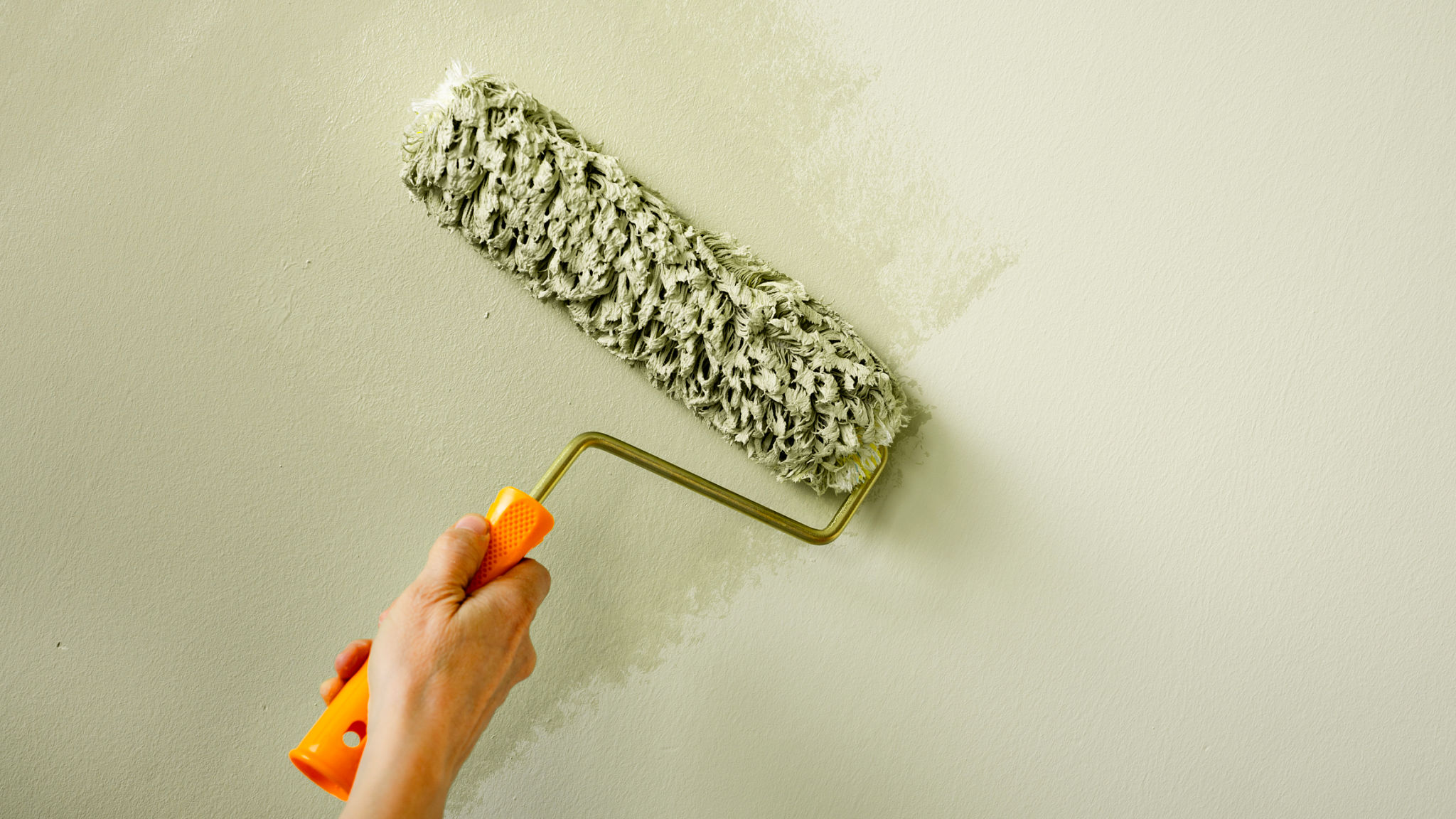Maximizing Indoor Air Quality with Eco-Friendly Painting Techniques
Understanding Indoor Air Quality
Indoor air quality (IAQ) is a crucial aspect of maintaining a healthy and comfortable living space. It refers to the air quality within and around buildings and structures, especially as it relates to the health and comfort of building occupants. Poor IAQ can lead to a range of health issues, from minor irritations to serious respiratory conditions.
One often overlooked factor affecting indoor air quality is the choice of paints used in interior spaces. Traditional paints can release volatile organic compounds (VOCs) into the air, contributing to indoor pollution. Fortunately, there are eco-friendly painting techniques and products that can help minimize these effects.

The Impact of VOCs
Volatile organic compounds (VOCs) are chemicals found in many traditional paints and can evaporate into the air, impacting indoor air quality. These compounds contribute to smog formation and can cause headaches, dizziness, and other health problems when inhaled.
Eco-friendly paints are designed to be low in VOCs or entirely free of them, making them a healthier choice for indoor environments. By opting for these alternatives, homeowners can significantly reduce their exposure to harmful substances, ensuring a safer living space.
Benefits of Eco-Friendly Paints
Eco-friendly paints offer numerous benefits beyond improved indoor air quality. They are often more durable and provide better coverage than conventional paints. Additionally, they come in a wide variety of colors and finishes, making it easy to find the perfect match for any interior design.
- Healthier Environment: Reduced VOC emissions lead to better air quality indoors.
- Durability: Many eco-friendly paints offer enhanced durability and longevity.
- Aesthetic Variety: Available in numerous colors and finishes that complement any decor.

Eco-Friendly Painting Techniques
In addition to selecting low-VOC paints, there are several techniques that can further improve indoor air quality during and after painting. Proper ventilation is essential. Ensure that windows are open and fans are running to circulate fresh air. This helps dissipate any lingering VOCs quickly.
Another effective method is to use air purifiers with HEPA filters during the painting process. These devices can help capture airborne particles, ensuring cleaner air inside your home. Additionally, consider using natural paint additives that can absorb odors and pollutants.
Choosing the Right Paint
When selecting an eco-friendly paint, look for certifications such as Green Seal or GREENGUARD, which ensure the paint meets rigorous environmental and health safety standards. This guarantees that the product is low in VOCs and safe for indoor use.

It's also important to read labels carefully to understand the composition of the paint. Some manufacturers provide detailed information about their products' environmental impact, making it easier to make informed choices.
Conclusion
Improving indoor air quality with eco-friendly painting techniques is a practical and effective way to create a healthier home environment. By choosing low-VOC paints and employing proper painting methods, you can enhance the comfort and well-being of your living space while contributing positively to the environment.
Whether you're renovating or simply refreshing your home with a new coat of paint, considering the impact on indoor air quality is essential. Prioritizing eco-friendly options not only benefits your health but also supports sustainable practices for future generations.
